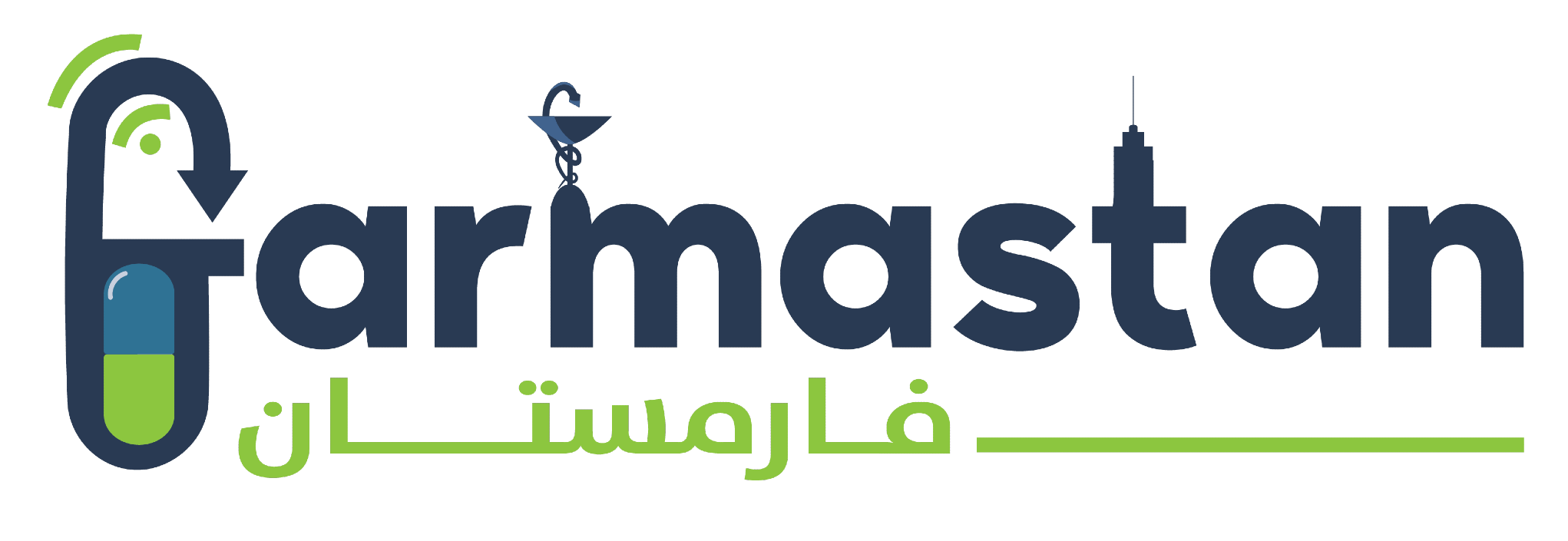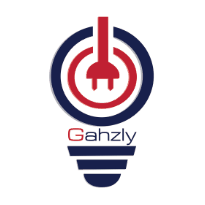Unique Challenges of Women Abusing Prescription Drugs
[ad_1]
Ever since opioids became popular as a drug of abuse in America, women have been at the receiving end. While the rates of drug overdose incidents more than quadrupled since 1999, it is also apparent that women have been affected more by the opioid epidemic than men. Coast to coast, the number of women who have inadvertently used prescription drugs and have become dependent on them has significantly increased.
A new report by the Agency for Healthcare Research and Quality (AHRQ) has revealed that there is a surge in the number of women who have been admitted to hospitals for drug-related incidents, including heroin and prescription painkillers. The report was compiled based on a national database that includes hospital statistics from more than 40 states. Along with a detailed account of the opioid epidemic, the report also sheds light on the emergency department (ED) and inpatient stays for both men and women in drug-related incidents. Some of the highlights of the report are as follows:
- Inpatient stays: While more men had inpatient stays than women (145.6 vs. 127.8 per 100,000 population) in 2005, there was a dramatic increase in opioid-related inpatient stays in case of women between 2005 and 2014. This represented an increase of 75 percent for women and 55 percent for males. It is a matter of concern to note that the rates of opioid-related inpatient stays for males and females became more or less similar (225 vs. 224.1 per 100,000 population) by 2014.
- ED visits: While males had the higher rates of ED visits than females (99.9 vs. 78.6 per 100,000 population) in 2005, the opioid-related ED visits nearly doubled for both males and females (males: 103 percent increase; females: 95 percent increase) in a decade.
Some of the other observations noted were as follows:
- Opioid-related ED visit rate increased faster than inpatient stay rate: Between 2005 and 2014, the rate of opioid-related ED visits increased faster than the rate of opioid-related inpatient stays. For men, the numbers were (103 ED visits vs. 55 inpatient stays) and females (95 ED visits vs. 75 inpatient stays).
- Opioid-related hospitalization for women topped in three states: The number of women hospitalized in Maryland, West Virginia and Massachusetts for opioid-related issues was above par. While the average rate of hospitalization stood at 225 per 100,000 people for opioid-related incidents, these states had more than 350 hospitalizations per 100,000 people.
While the data is open to further investigation, Anne Elixhauser, co-author of the study, says, “While none of these data are very encouraging, it is critical to have a better idea of why women are being hospitalized more than men, or why 25- to 44-year-olds are visiting the emergency department more than other age groups.”
Implicit biasness toward women’s unique needs in health care domain
As is apparent from several studies, because of a number of biological, psychological and hormonal factors, women tend to have more chronic pain. During puberty, pregnancy and menopause – three distinct phases of a women’s life when she experiences and endures pain – consumption of any addictive drug can prove to be quite dangerous due to the hormonal and psychological changes witnessed.
Therefore, a woman should consult an expert while taking drugs during such phases. Unfortunately, instead of facilitating pain management techniques, there is a tendency among health care professionals to prescribe opioids and painkillers to ensure immediate results. Moreover, due to the implicit bias in the health care domain, women are likely to be prescribed opioids of a comparatively higher dosage and for a longer duration than men.
The U.S. Department of Health and Human Services (HHS) has highlighted how women are impacted by the use of prescription opioids. Apparently, women are more likely to get addicted to prescription drugs, especially painkillers, compared to men. They are also likely to suffer from severer withdrawal pangs than men.
The bias is prevalent in the way naloxone, a potential lifesaver for opioid overdose, is made available to women. A 2016 study on emergency medical services (EMS) for resuscitation efforts in case of opioid overdose has made this biasness in emergency treatment public. There are differences between males and females when it comes to treatment from opioid overdose.
Despite being aware of their addiction, women are less likely to seek help. Unlike men, women avoid treatment due to the inherent fear of shirking their domestic responsibilities. Because women are stereotyped as a nurturer and the flag bearer of moral values, most of them feel that talking or seeking treatment for their abuse would cause stigma and shame to their family.
Road to recovery
Not every woman who falls into the clutches of addiction is a hard-core addict, and not everyone experiments for the high. Most women have genuine reasons for using prescription opioids. The only flaw in their story could be that they were not aware or not told when to stop. Therefore, the need of the hour is to spread awareness among patients before dispensing prescription drugs.
[ad_2]

يسعدنا زيارتكم صفحاتنا على مواقع التواصل الاجتماعي حيث نقوم بنشر عروض حصرية على موقعنا الالكتروني.
صفحتنا علي الفيسبوك هنا.
حسابنا على تويتر هنا



Leave a Reply
You must be logged in to post a comment.